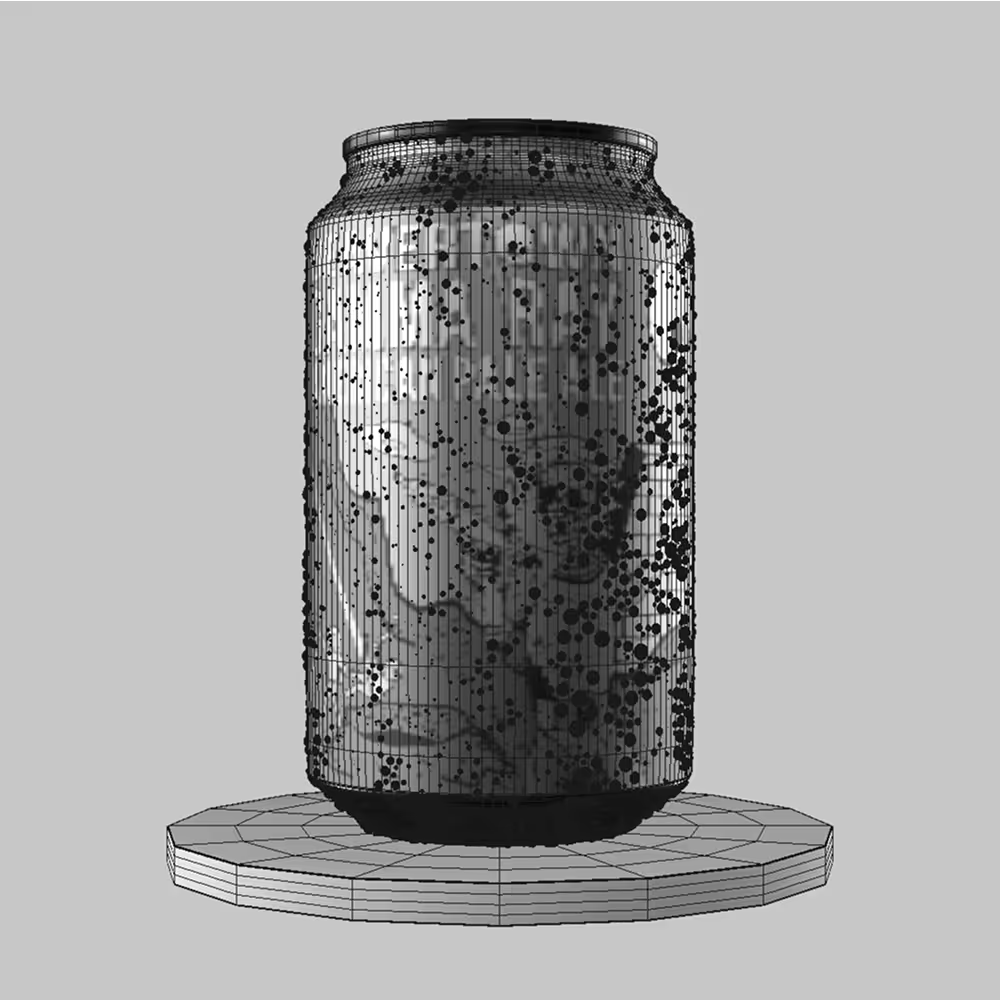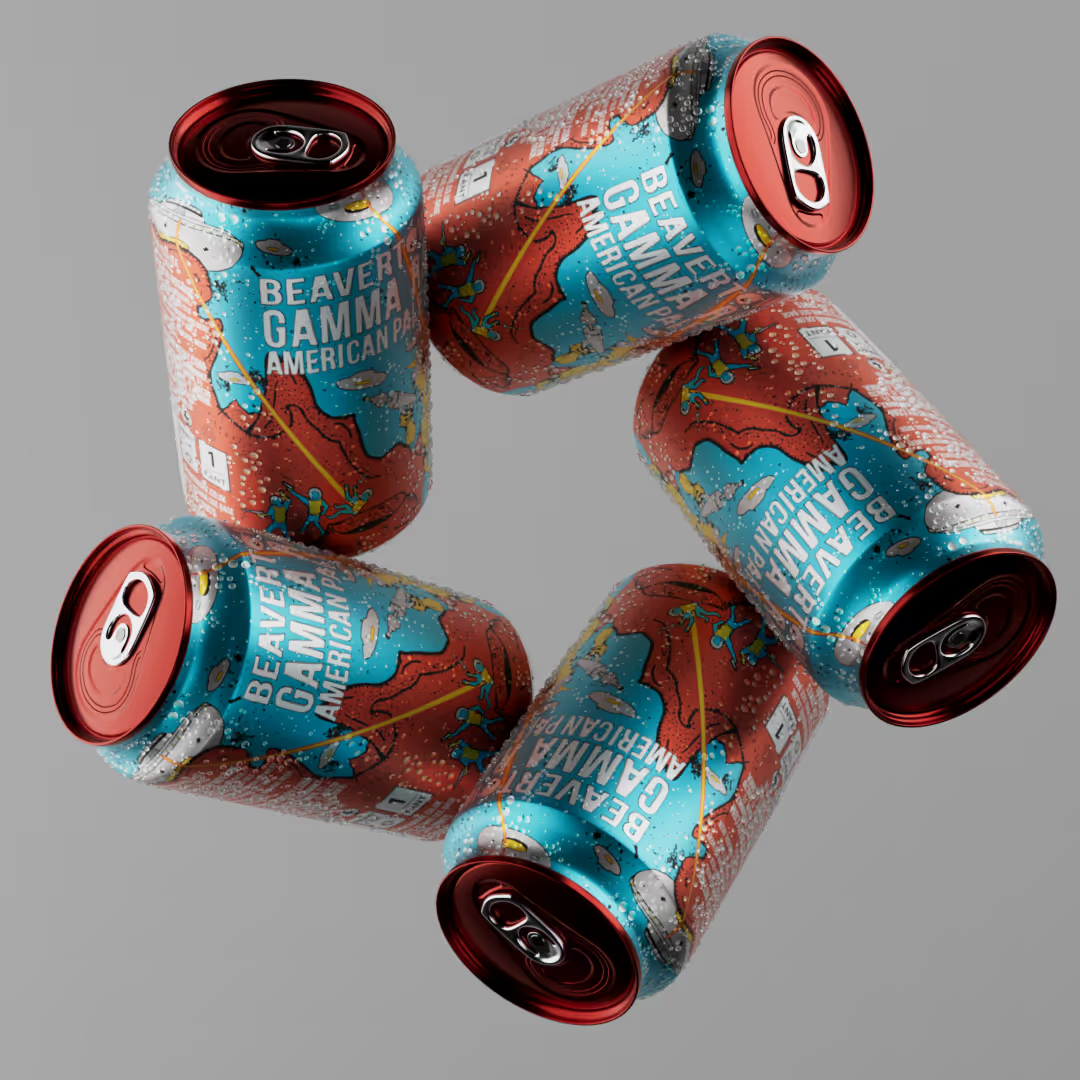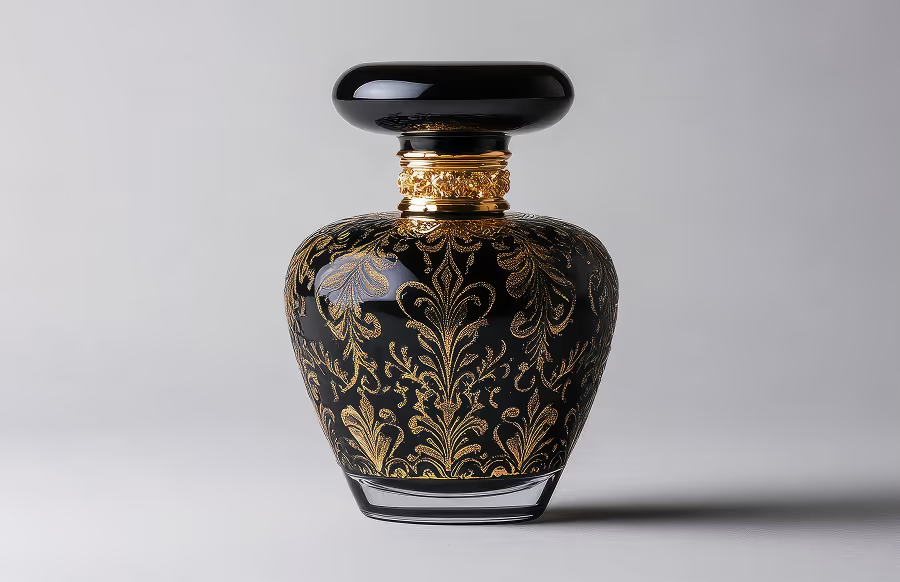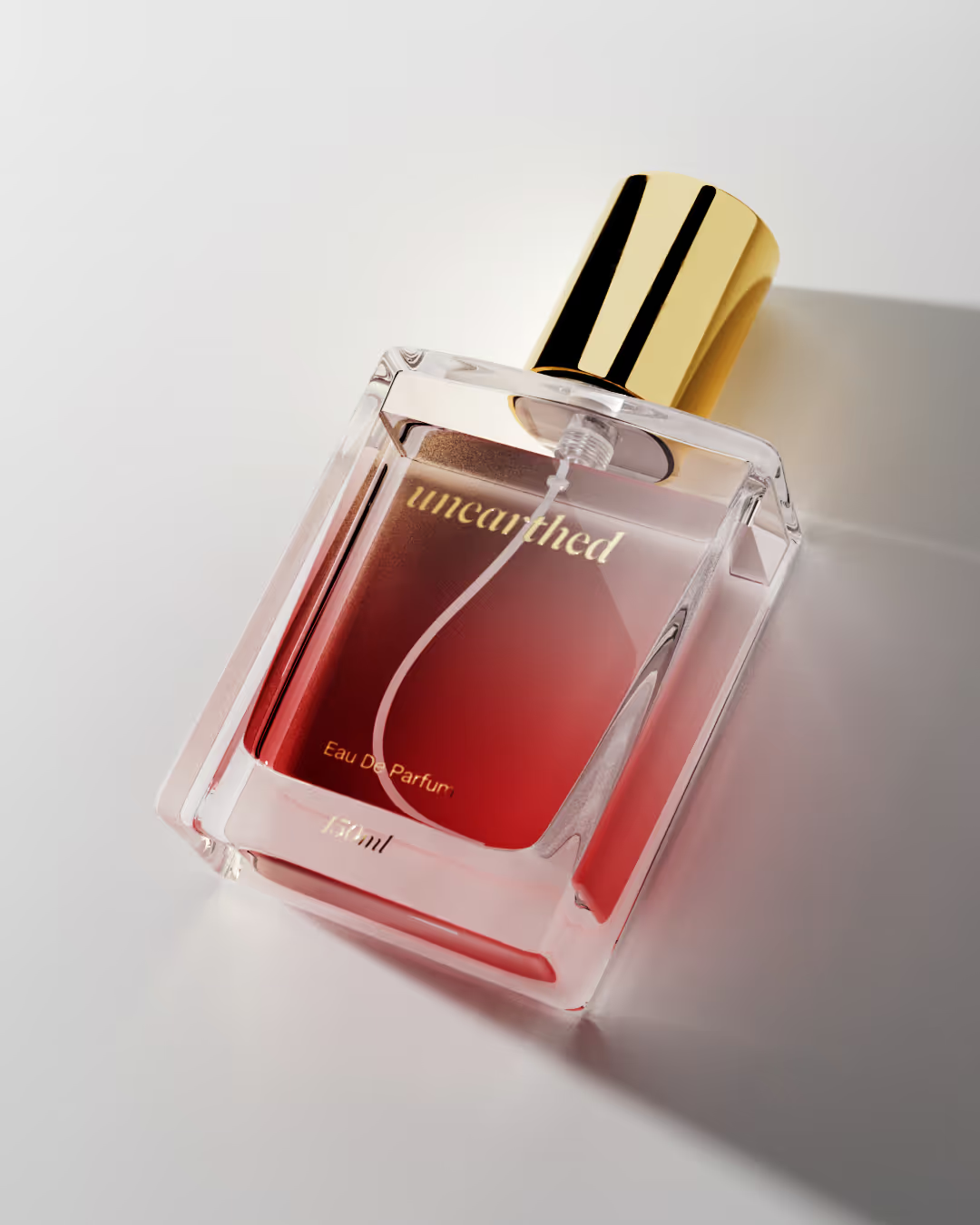Should Brands Use AI‑Generated Product Imagery? Risks, Rewards, and Realities

By now you’ve seen the social buzz: a single prompt, a few seconds, and voilà - your product appears in a glossy, AI‑generated scene. It’s tempting to swap costly shoots or full CGI builds for quick, low‑cost synthetic imagery. Tempting, yes. But is it ready for prime time?
If you’re a growth‑minded FMCG marketer, the answer matters. Bad visuals dent trust faster than a mis‑priced bundle. In this guide we’ll dissect the rewards, risks and realities of AI imagery, and explain why it can’t yet replace high‑fidelity 3D rendering yet - though it’s a brilliant art‑direction tool when used intelligently.
1. What Counts as AI‑Generated Product Imagery?
Most consumer‑facing tools (Adobe Firefly, Midjourney, DALL·E 3) use diffusion models trained on billions of images. Give the prompt “vitamin gummies in a pastel bathroom” and you’ll get a novel image - often impressive at first glance, but lacking your exact label art, nutrition panel or bottle geometry.
Unlike classical CGI, you have limited control over dimensions, legal copy and pixel‑perfect brand colour. That matters once you move from concept to commerce.
2. The Rewards
Speed & Low Cost
Generate dozens of scene ideas in minutes. Great for early moodboards.
Infinite Ideation
Rapidly iterate backdrops, props and lighting styles - break creative block.
Stakeholder Alignment
Show marketing teams multiple concepts early, pick a winner, then commit to a polished CGI build.
Democratised Access
No need for high‑spec GPUs or professional software - just a browser and a plan.
3. The Risks
Accuracy Issues
AI models hallucinate. Bottles morph, labels warp, and pack proportions drift.
We tested five prompts for a probiotic drink. None reproduced the correct millilitre size or brand Pantone.
IP & Training Data Ambiguity
It’s unclear which copyrighted images fed the model. Embedding AI art in ads could invite legal pushback if latent traces resemble someone else’s packaging.
Regulatory & Retailer Standards
Amazon, Walmart and major UK grocers still require accurate packshots for PDPs. AI imagery that misrepresents label claims can trigger takedowns and fines.
Consumer Trust
Users are increasingly adept at spotting synthetic visuals. In beauty and wellness, “too perfect” can signal inauthenticity.
Lack of Layered Files
Most AI outputs are flat JPEGs. Need a background plate, separate shadows or print‑ready CMYK? Good luck.
4. Ethical & Legal Realities
- Copyright: UK law remains grey on AI outputs. Until clearer policy lands, risk sits with the brand.
- Transparency: ASA guidelines suggest brands disclose synthetic imagery if it could mislead.
- Bias: AI training sets skew toward certain aesthetics, potentially undermining inclusive representation.
5. Where AI Excels: Concept & Art Direction
At Unearth3D we embrace AI, but early in the workflow:
- Generate 20 scene ideas for a new RTD can.
- Shortlist the top three with the client.
- Rebuild the winning concept in true 3D so every ml, label line and foil glint is spot‑on.
This hybrid keeps concept costs low while safeguarding final‑asset accuracy.
6. Case Snapshot
Scenario: UK supplement start‑up testing hero imagery for a Shopify launch.
Tool Stack: OpenAI for moodboards → 3D modelling & rendering for final assets.
Outcome: Cut creative concept phase from 5 days to 1, while final CGI packshots met Amazon guidelines on first submission.
7. Decision Checklist for FMCG Teams
8. The Near Future: What to Watch
- Text‑to‑3D diffusion: Models like Magic3D show promise but geometry is still crude.
- Regulatory clarity: EU AI Act and UK IPO rulings will set new guardrails by late 2025.
- Retailer policy updates: Expect Amazon to pilot AI image acceptance - once spec validation tools mature.
We’re tracking each shift in real time. When AI imagery becomes commercially safe for final assets, you’ll hear it from us first.
Bottom Line for Brand Visual Strategy
- Use AI for rapid concepting, moodboards and early pitch decks.
- Use professional 3D rendering when accuracy, scale and compliance matter.
- Blend both to stay nimble without risking brand trust.
Need help integrating AI ideation with pixel‑perfect CGI? We build hybrid workflows tailored to fast‑moving FMCG calendars.





